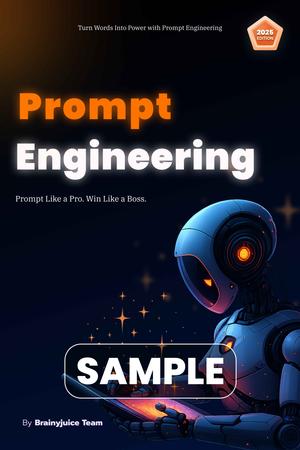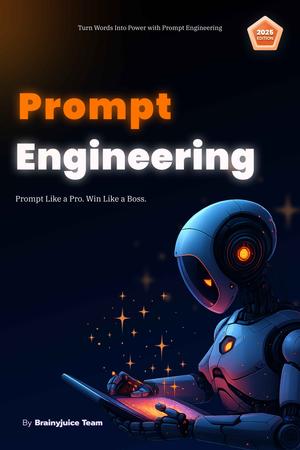
Neural networks are the backbone of modern Artificial Intelligence. From recognizing handwritten digits in the 1980s to generating human-like conversations and images in 2025, they’ve come a long way. But this progress didn’t happen overnight; it’s the result of decades of breakthroughs, failures, and reinventions.
Let’s walk through the journey: from perceptrons to today’s transformers.
1. The Beginning: Perceptrons (1958)
The perceptron, invented by Frank Rosenblatt, was the first artificial neural network model.
-
How it worked: It took inputs (features), multiplied them by weights, summed them up, and applied an activation function (like a step function).
-
Use case: Basic classification (e.g., distinguishing between two categories).
-
Limitation: Couldn’t solve non-linear problems like XOR. This led to the “AI Winter” of the 1970s when funding and interest dried up.
2. Revival with Multi-Layer Perceptrons (1980s)
The key breakthrough was the backpropagation algorithm (popularized in 1986 by Rumelhart, Hinton, and Williams).
-
Why it mattered: It allowed training of multi-layer networks, not just single perceptrons.
-
Result: Neural nets could now handle non-linear problems by stacking layers.
-
Use case: Early speech recognition, handwritten digit recognition (MNIST dataset).
This era proved that deeper networks could solve problems previously thought impossible.
3. Rise of Convolutional Neural Networks (1990s–2010s)
Yann LeCun pioneered CNNs for image recognition in the 1990s.
-
How CNNs work: They use convolutional layers to detect patterns (edges, shapes, objects) in images.
-
Breakthrough moment: In 2012, AlexNet (a CNN) crushed the ImageNet competition with a massive accuracy improvement.
-
Impact: Sparked the deep learning revolution. CNNs became the default for computer vision tasks: face recognition, medical imaging, self-driving cars.
4. Recurrent Neural Networks & LSTMs (1990s–2010s)
To handle sequential data like text and speech, Recurrent Neural Networks (RNNs) were developed.
-
Limitation: RNNs struggled with long-term dependencies (vanishing gradient problem).
-
Solution: Long Short-Term Memory (LSTM) networks (Hochreiter & Schmidhuber, 1997).
-
Impact: LSTMs powered breakthroughs in speech-to-text, machine translation, and early chatbots.
This was the foundation of modern Natural Language Processing (NLP).
5. The Transformer Revolution (2017–Present)
In 2017, Google introduced the paper “Attention Is All You Need”, and everything changed.
-
Transformers replaced recurrence with self-attention, allowing models to understand relationships across an entire sequence at once.
-
Advantages: Faster training, better performance on long sequences, scalable to massive datasets.
-
Milestones:
-
BERT (2018): Revolutionized NLP understanding.
-
GPT series (2018–2025): Set new standards for text generation.
-
Stable Diffusion & DALL·E: Applied transformers to image generation.
-
Transformers are now the universal architecture for text, vision, audio, and even protein folding (AlphaFold).
6. Beyond Transformers: What’s Next?
While transformers dominate today, research is exploring new frontiers:
-
Efficient Transformers: Reducing compute and memory requirements.
-
Neurosymbolic AI: Combining symbolic reasoning with neural nets.
-
Spiking Neural Networks: Mimicking brain-like energy efficiency.
-
Quantum Neural Networks: Tapping into quantum computing for future breakthroughs.
The evolution of neural networks shows a simple truth: AI doesn’t leap forward overnight. It evolves, layer by layer, idea by idea. From Rosenblatt’s perceptron to today’s trillion-parameter transformers, the journey reflects decades of persistence.
And the story isn’t over. The next revolution in AI might already be in someone’s notebook.






